Meet the 15 ACS accredited women
We put a spotlight on these acclaimed Australian technicians – including their career highlights and how they shot them – as part of International Women's Day.
To gain accreditation from the Australian Cinematographers Society (ACS) is no mean feat.
It requires a minimum number of years working within the industry and a body of work which represents not just that you can do the job, but with a level of creativity and innovation that exceeds the norm.
A sub-committee then assesses the work and from there you may be awarded your ‘letters’ – the ACS that appears after your name.
To date, 15 women have been awarded that elite title (only 5.6%), and the ACS hopes that will grow. As part of International Women’s Day, we celebrate their achievements, and hear in their own words about career highlights, cameras, lenses, and what draw them to cinematography (in order of accreditation year).
1. Jan Kenny ACS
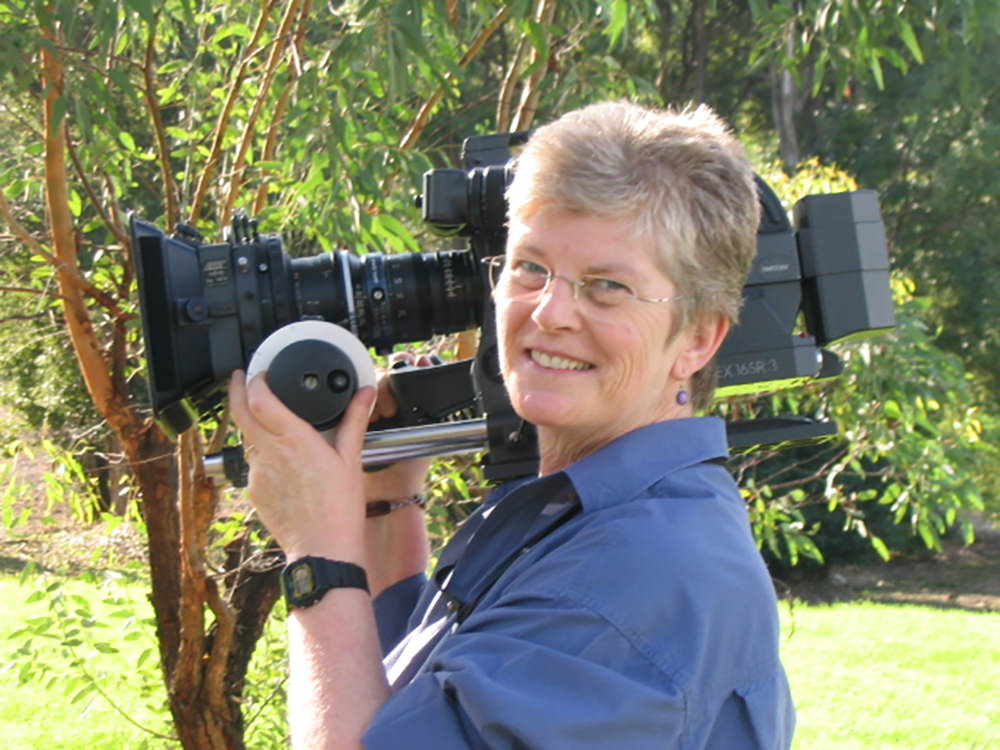
Accredited 5 April 1986
Pioneer Jan Kenny became the first woman to shoot a feature film in Australia with Fran in 1985 and in 1986 was the first woman to receive ACS accreditation, some 23 years after accreditation began. As a DOP (director of photography) Jan has shot approximately 30 hours of television drama, two feature films, and numerous documentaries and commercials – and that’s not including her work as a 2nd DOP, focus puller, or clapper loader. Jan was Head of Cinematography at AFTRS from 1997-2009 and she has been inducted into the Australian Pioneer Women's Hall of Fame and ACS Hall of Fame.
I had always been interested in photography from a young age, always been a visual person. I belonged to the town's Photographic Society, but growing up in country WA in the 50's and 60's, I had no real awareness of the art and craft of cinematography. I did love going to the movies, and my dream was to become a film director, but this wasn't based on any solid experiences at all.
In 1967 I joined the Commonwealth Film Unit in Sydney (later to become Film Australia) as a production assistant. New production assistants were given basic experience in all areas of film making, spending a couple of months in each department, before being let loose on actual shoots. The first department they assigned me to was the Cinematography Department, and the flame was lit for me. I spent all the time I could becoming familiar with all the available cameras – both 35mm and 16mm, and taught myself to load the magazines etc. Even after spending time in each of the other departments, I still hung out in Cinematography whenever I could – watching, asking questions, and learning about the cameras.
"The first department they assigned me to was the Cinematography Department, and the flame was lit for me."
It seemed to me that the documentary stories we were shooting were largely told visually, and I learned from the in-house cinematographers how to achieve that. Film stock was expensive, and so the skill was to tell a documentary story using as little stock as possible. I found it fascinating to watch those men (as they all were at that time), capture real life stories succinctly and effectively. That early training informed my approach to the work in future years. Although women were not encouraged to become camera assistants back then, once I finally managed to become an assistant several years later (and male attitudes to women in this work shifted) I was really fortunate to be camera assistant to many of the top DOPs (directors of photography) in the business, and I could not have had a better training ground, learning from them.
One major highlight was as 2nd unit DOP on We of the Never Never. The DOP was Gary Hansen, and we shot the film in anamorphic format on Technovision cameras. Shooting 2nd unit, we covered action scenes, a great deal of horse action footage, rounding up cattle, crossing flooded rivers, wild life and so on. My goal of course, was to try to match Gary's style in lighting and composition, so that the two lots of work could be completely matched up, with just one visual style apparent. I found this shoot thrilling, and I learned an enormous amount from Gary on so many levels. It was a rather tough shoot in fact, but I did find it very rewarding. Sadly, Gary was to lose his life not too long after that shoot, when the helicopter he was filming from hit power lines and crashed. It was very special therefore, when he won the AFI award for Best Cinematography for We of the Never Never, posthumously.
2. Jane Castle ACS
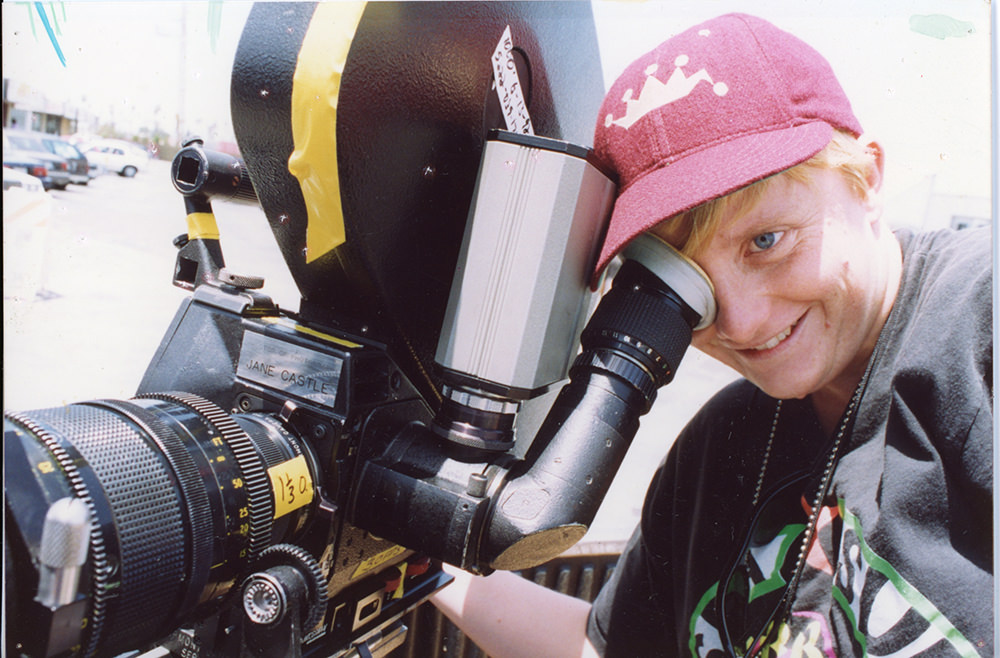
Accredited 17 September 1993
Jane shot videos for Prince during the 1990s, including work on the music video for 7, and was one of the first Australian female cinematographers to break into the US, shooting features such as Leprechaun 2. After a break in the industry Jane has returned for her latest project, which is about another trailblazing cinematographer – her mother, Lilias Fraser.
Initially I was under the misapprehension that I could simply hide behind the camera and look at beautiful images all day. And getting good feedback about my work made me feel better about myself. Then I found out that it can be both exciting and really stressful to be at the epicentre of a film set! By the time I was a fully-fledged cinematographer, the mix of adrenalin, ambition and the endless search for the perfect image was in my blood.
Being the cinematographer on my latest project, When the Camera Stopped Rolling, a feature length, personal documentary which I'm also directing, has been fantastic. It's a real cinematographer's film and I get to work alone, to go off with my camera and capture images that resonate with the emotional reality of the film. This is in stark contrast with what may be seen from the outside as my 'career highlight' – being flown around the world by Prince and shooting in biggest studio in Hollywood for him. It was so stressful! (Read more about it on The J Files)
I'm shooting my feature length documentary on a humble Canon 5d Mk ii. I like the challenge of working with something so basic because it always still comes down to light, colour, composition and angle. I might hire something a bit fancier for some special shots though!
3. Mandy Walker ASC ACS
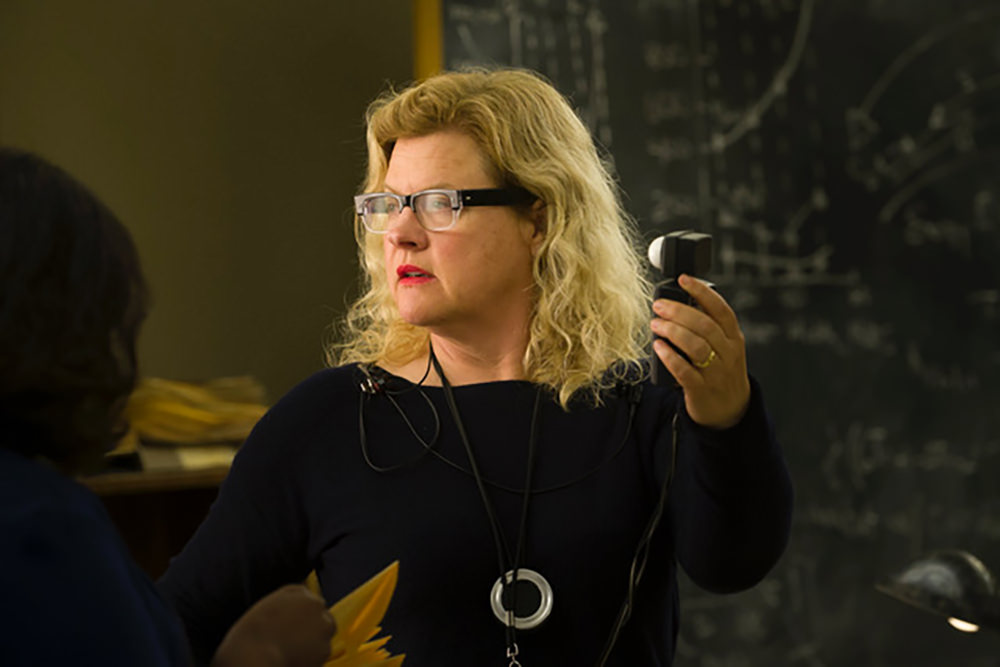
Accredited 19 September 1999
Mandy’s extensive resume includes Australian credits Love Serenade, Lantana, Australia and Tracks, as well as international work shooting Hidden Figures, The Mountain Between Us and Disney’s upcoming live action feature Mulan. She’s also shot major campaigns for Chanel No. 5, Diet Coke, the New York Times and Nike to name a few, and is the only ACS accredited female cinematographer to have also been invited to be a member of the American Society of Cinematographers (ASC).
When I was a teenager I realised I loved movies and I loved photography so cinematography seemed a career that encompassed both.
I have many highlights, from shooting all over the world in many countries. The remote landscapes of Australia, to the top of 11,000ft mountains in British Columbia, the Gobi desert in China, the Kalahari in Africa, from underwater to glamorous houses. Also working with the amazing diverse directors whose stories I have helped to tell.
I always use different cameras and lenses decided on by the requirements of the story and locations. Each one is different – some on film, some digital, some on 65mm epic wide screen, and Panavision is always tweaking and even making new lenses for each project for me to suit the visual language we are going for.
4. Anna Howard ACS
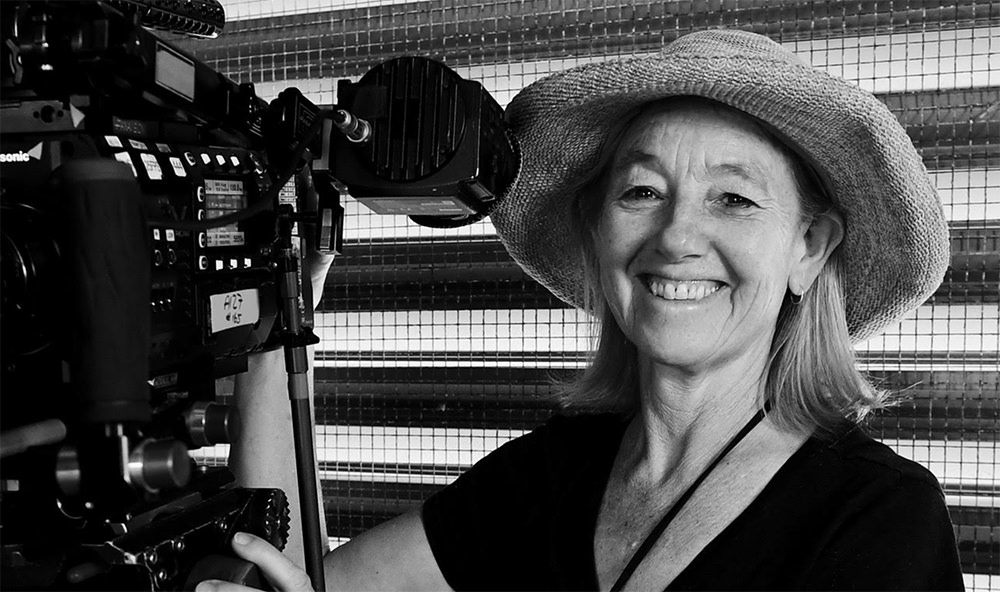
I was very interested in photography and film and upon leaving school I attended North Sydney TAFE and did the film course specialising in camera. The ability to collaborate with a director and visually interpret their script emotionally is what most drew me to being a cinematographer. Allowing the audience to be drawn into the story through careful consideration of lighting, blocking actors and camera movement is magical.
Naming a career highlight is particularly difficult. As a cinematographer I have fortunately done many interesting and varied projects that I am so happy to have been part of. If I had to pick one it would be South Solitary, directed by Shirley Barrett. I loved the script and Shirley’s sense of humour. She is also a wonderful and generous collaborator with crew.
It was a logistically difficult job. We shot it at Cape Nelson, Victoria (in a national park there are so many restrictions) and also Cape Otway Lighthouse (which was up 100 flights of stairs and in a microscopic location). There were also many dusk and dawn sequences, weather problems and the film is set in 1926, so there’s no electricity. It sounds horrendous but it is still one of the best experiences I have had on a shoot, thanks largely to the camaraderie and humour of the crew and the beautiful natural environments we shot in. It was shot on the 16SR3 and Ultra 16mm ZEISS lenses. I was extremely happy with the result.
Photo credit for Anna Howard: Tony Mott
Leilani Hannah
5. Leilani Hannah ACS
I have always found images to be emotionally powerful. As a child I would stare endlessly at images in my storybooks and imagine myself in the landscapes. As a young teenager I was drawn to photography – to Ansel Adams, Max Dupain, Milton Greene, Dorothea Lange, the photographs of Life magazine and the Magnum photographers.
Initially I loved the escapist quality of cinematography in cinema, that everything looked glamorous, beautiful and magical. It was later I learned to appreciate realism in cinematography and the way the choices of lighting, movement or angles could enhance the way a story is interpreted.
The King the bio pic directed by Matt Saville was a highlight. It was a perfect, effortless, brave, wholly realisation of our joint ambition. Our cinematic references and aesthetic were very aligned for this production and we were therefore able to push each other to go the whole way. I’m very proud of how it looks and the pacing and tone. We shot super 16mm with 35 mm lenses. At that stage digital cameras weren’t as sophisticated as they are now, so 16mm was still superior in terms of handling contrast and resolution. The 16mm lenses were inferior in their quality, and there was a huge difference in the quality when we shot with 35mm Cooke and ZEISS lenses.
6. Velinda Wardell ACS
Velinda Wardell
Accredited 20 September 2008
Velinda has won two national awards of distinction from the Australian Cinematographers Society, including one for the short Cosette, which was directed by the late Samantha Rebillet and was one of Mia Wasikowska’s first projects. Most recently Velinda worked as camera operator on the highly anticipated I Am Woman, about 1970s musician and activist Helen Reddy.
I love the connection between the lens and characters, collaborating with actors, the crew and the director to bring the story to the audience. I love taking creative risks, experimenting, pushing through boundaries imagined or real, creative or technical. My favourite part of cinematography is supporting directors to tell their story and showcase their voice.
An example of a favourite scenario was working on a short film called Trigger Happy with first time director (but long-time collaborator) Sunny Grace. Sunny wrote a brave piece reflecting on her experience as a writer and the experiences of her colleagues. It was a response to the upheaval in the film industry at the time. It features a ‘film within a film’, incorporated our own working crew, and one take lasting 5 minutes and 30 seconds. This was a true collaboration of 12 cast and 13 crew who were involved in moving practical lighting and setting off the smoke machine. I was operating a mini jib on a circular track with 360 degrees view of the set. And we used a 28-76mm 2.6 Angenieux Optimo Zoom lens from Panavision, which has the ability to reframe in shot while maintaining great image quality. The camera was a Red Epic M.
I held my breath when in the final moments of the film our lead Maya let a single tear fall down her cheek. When we played the take back to everyone on set, there was laughter, silence, then spontaneous applause.
It was an emotional time to wade through as we had recently lost our dear friend, the director Samantha Rebillet, who Sunny and I had worked with over the last 13 years. We dedicated the film to Sami.
The film was a labour of love and I have many treasured memories from Trigger Happy. I would like to acknowledge that shortly after our shoot we lost a beautiful and talented collaborator, Sunny’s dear friend and muse Jess Falkholt. Jess was so attentive, supportive, dedicated and captivating. She left a lasting impression on all of us and is greatly missed.
7. Susan Stitt ACS
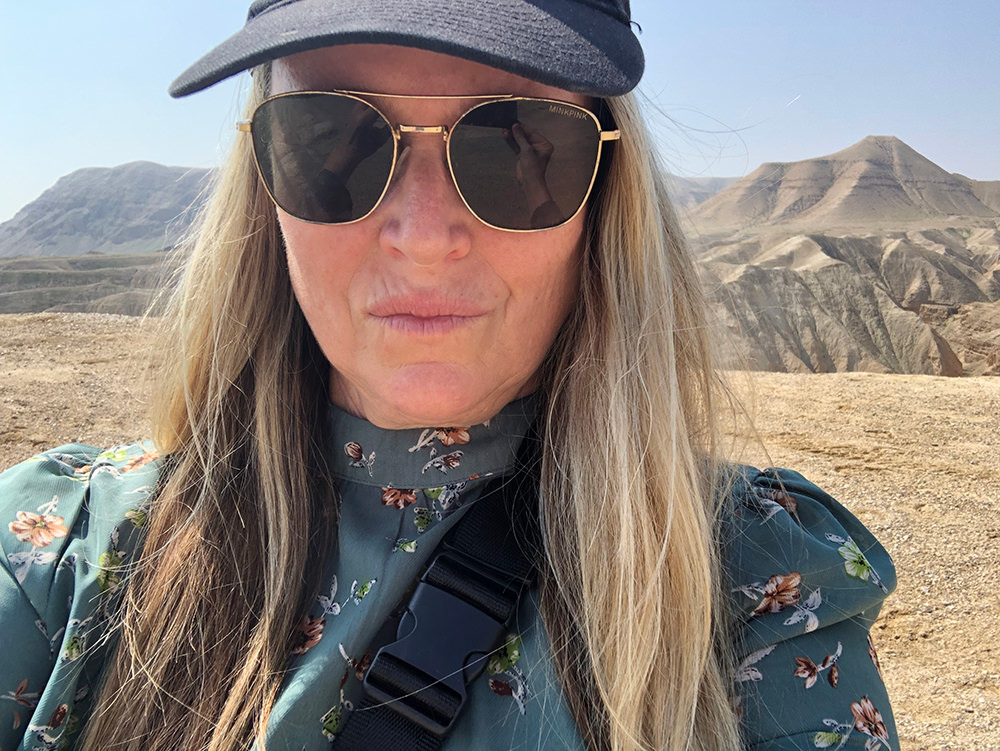
Accredited 12 September 2014
Over 30 years, Susan has worked extensively on film and in commercials, shooting the stop motion animation feature $9.99 (which was selected for 11 film festivals including Toronto) and has won Gold, Silver and Bronze at the ACS Awards. She’s also worked on campaigns for major brands including Volkswagon, Toyota, Honda, Nescafe and Hungry Jacks, and music videos for groups such as Thirsty Merc.
I loved vision. To be able to translate that – words into pictures, ideas into vision. I couldn’t believe it. The idea that you could be spontaneous, free to roam, but well informed really interested me. I thought if I gained the knowledge, which was so incredible, I would be creatively free with anything thrown my way. Interestingly enough, my teacher at my film college told me women couldn’t do cinematography, which blew me away. I was more determined. When the choice between editing and cinematography came my way I threw myself towards it, more driven.
"Interestingly enough, my teacher at my film college told me women couldn’t do cinematography, which blew me away. I was more determined."
Picking one of my career highlights is a tough question because in 35 years of being in the camera department, I have largely been experience driven. Enjoying the journey as opposed to the outcome. My most stressful or privately sad times have been so beautiful pictorially. I couldn’t do a lot of jobs because I have been a single mother for 20 years, so every job has been special and cherished, because I had to leave my children to do it. I shot Isabella Rossellini in London once. We talked about the battle of women and bringing up family, whilst working. She was all pasta and children. Incredible human. So real.
I do mostly international commercials, and I love everything about that. Features are next, which is so exciting. I’m able to keep developing my career, because my children are older. That one thing was so important to me – to take my time, and do the right thing personally.
ArtBreaks for the ABC was ground-breaking for me because I had the full support of an incredible creative and I just had to find the right imagery to match a poetic verse (Susan was cinematographer and director on Snared, and cinematographer on Convenient Carnage). Such an open brief is rare. I loved finding the unusual, and the abstract. As a metaphoric montage, it was narrative but not in the usual way, which is not common commercially. It released a freedom I hadn’t had in a long time, which was cathartic.
Because the project required no brief, I shot on my iPhone, the Phantom for high speed, and the ARRI Mini, which provided clarity and sparks of reality amongst the more abstract. I love the Phantom camera. I shoot a lot of food with it. It reminds me of the film process. At super high speed it’s faster than the eye. So when it plays back at real time it reveals the unseen, the unknown, and the most beautiful imagery. The frame rates convert surfaces to plasticised, and movement that holds still. It is like film, for the reason that it is highly discoverable and needs testing and knowledge to get to that sweet spot. Also, a mistake can reveal something incredible.
8. Nicola Daley ACS
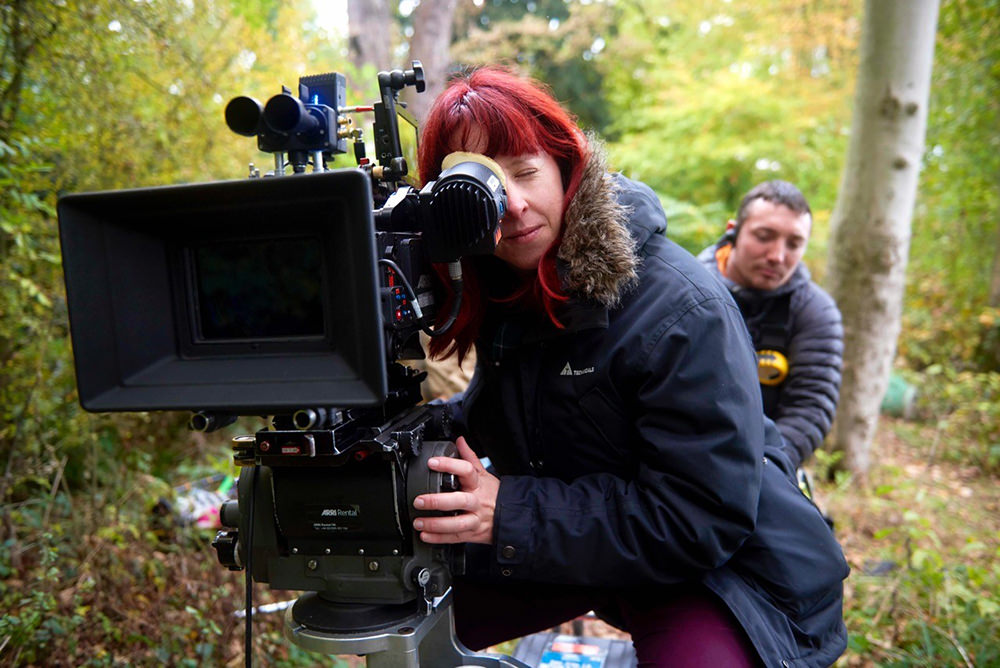
Accredited 12 September 2014
Nicola has been nominated twice for AACTA Awards for Cinematography in a Documentary, for Logie award-winning Go Back to Where You Came From and I Am A Girl. Nicola also shot the acclaimed doco Gayby Baby, which screened at Hot Docs, London Film Festival and in Sydney and Melbourne film festivals. And some of her other work includes a documentary about Manolo Blahnik, and the feature Pin Cushion, which opened Critics Week at the 2017 Venice Film Festival.
I discovered cinematography by accident. Best accident ever! I was studying film theory and I went to America for a year and did some practical filmmaking courses. And I shot about four or five people’s short films and thought ‘is this a job? – I want this job!' And ever since then, at the age of 21, cinematography has been my passion. I was attracted to cinematography as a job because it combines so many different facets – science, tech, art and storytelling, and I get to collaborate with great creative directors and crew every day. At the moment I’m shooting block two of the Hulu show Harlots and loving the Georgian candle lit scenes.
9. Katie Milwright ACS
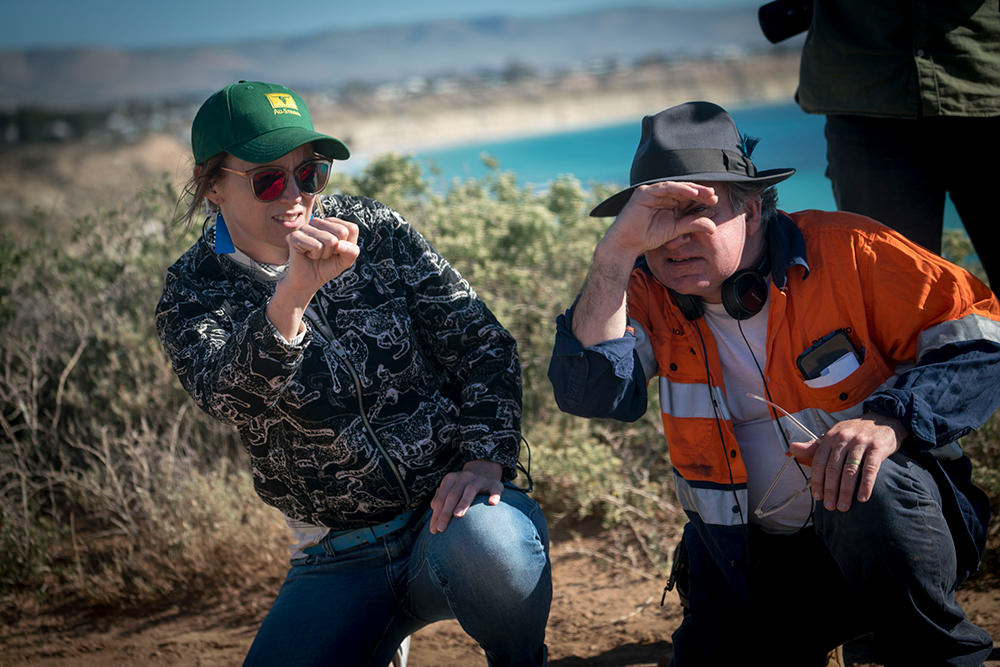
I was always drawn to cinematography because telling a story through light and lens is a fascinating process. Translating a script into imagery can be an excitingly complex jigsaw with ever-shifting parameters, and it’s also a great privilege. I love doing what I do.
One of many career highlights was making the film Looking for Grace with director Sue Brooks. I felt creatively empowered and inspired by Sue and all the producers. As a result I poured all of myself into the project, I loved making that film so much that I didn’t want it to finish.
We shot on the ARRI Alexa with Cooke Prime lenses. It was a really simple equipment package but suited the story perfectly. Visually the film is told in a very simple way, with an unhurried style.
10. Bonnie Elliott ACS
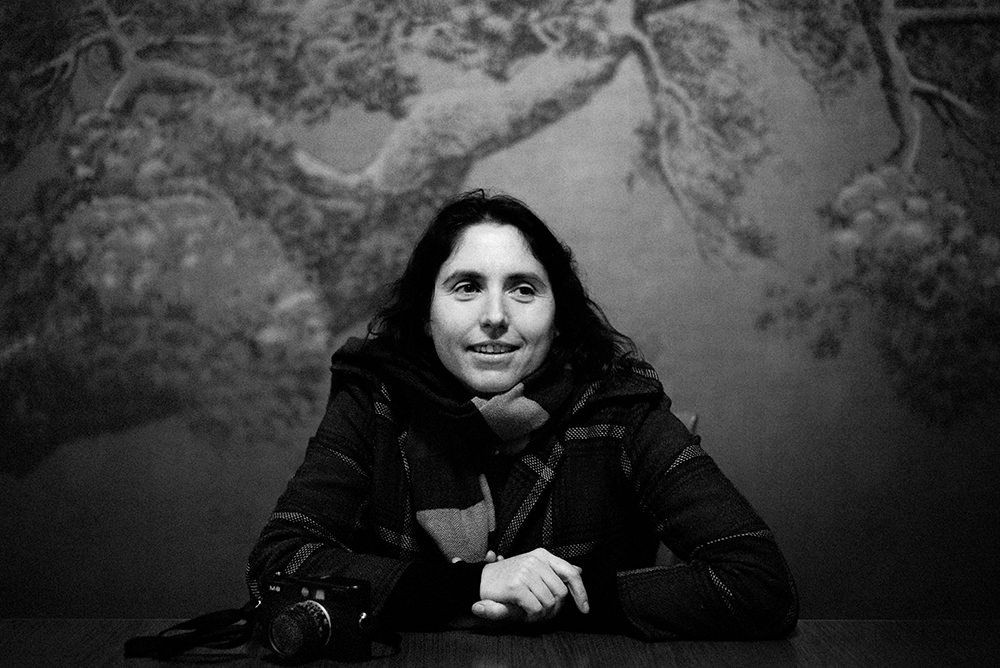
Originally I thought I would be a production designer, having designed the sets and costumes for plays in high school. But when I first got on set during my time as a film student at UTS I was so struck by the way everything was constructed around and through the camera. It felt like the centre of the filmmaking process, and I thought I want to be over there, behind it! I do love design though, and find it one of the most satisfying parts of the collaborative process, working with production and costume designers to create the world of the film together.
Seven Types of Ambiguity was certainly one of those projects where the collaboration was really detailed and satisfying. The set up director Glendyn Ivin wanted each episode to be “coloured” by the perspective of the character we were travelling with in a very subjective way. Inspired by Kieslowski’s Three Colours trilogy we gave each character a colour and worked that through the episodes, sometimes in subtle ways and sometimes strongly, so that the whole frame was drenched in colour. I loved figuring out when it would be through the light and when it would be in the set or the costumes with production designer Jo Ford and costume designer Cappi Ireland.
My favourite lenses are ZEISS Super Speeds, they have such a lovely character, with really interesting flares, and are incredible for low light work. We tested some other glass, but in the end came back to these. I augmented them with a set of filters I had made specifically for the show, that Glendyn christened “Ghost Glass”. These were used to amplify flares, giving unusual texture to them, for moments of memory or heightened emotion in the series.
11. Carolyn Constantine ACS
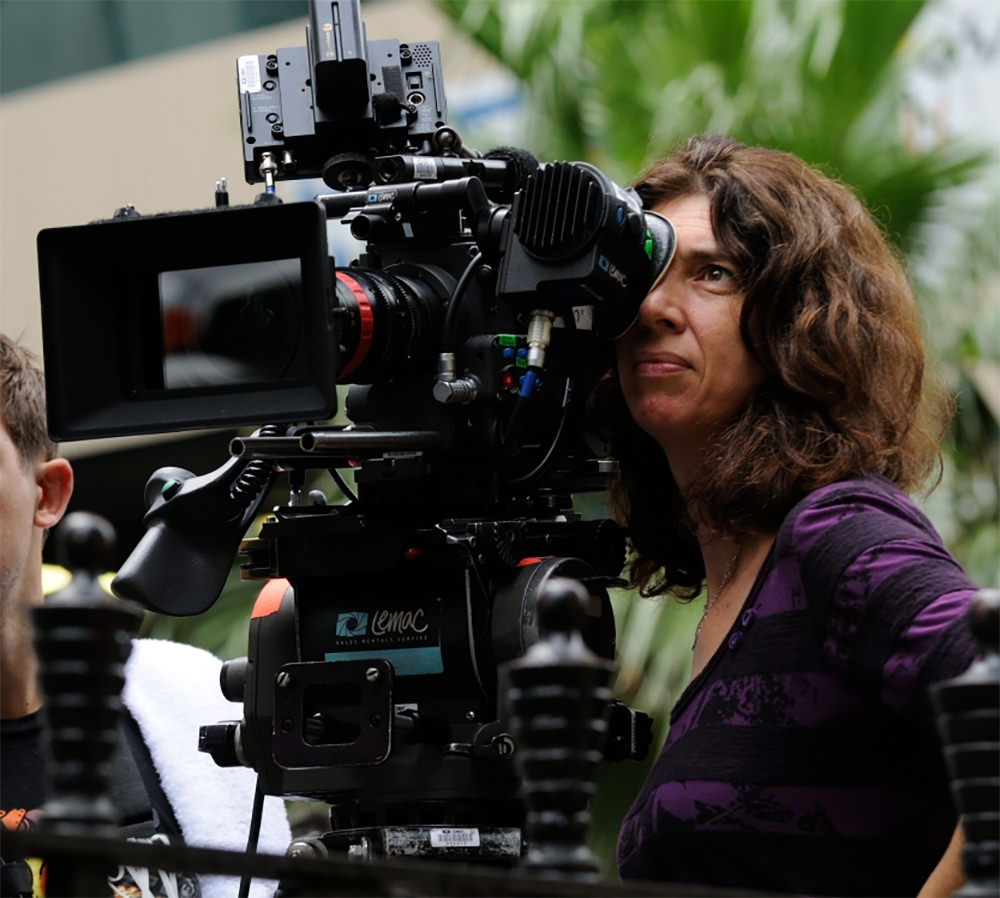
I was drawn to cinematography as it combined my passion for photography, lighting, movement and storytelling in an artform that draws upon my creativity, technical knowledge, problem solving skills and love of working collaboratively. It is a career where you are never bored, and are constantly evolving and pushing the boundaries of your craft to tell creative and compelling stories. I have always felt really lucky to have met so many interesting and diverse people both behind and in front of the camera.
"It is a career where you are never bored."
My career has been punctuated by a number of highlights that have all progressed my work as a cinematographer. From the early days when I teamed with Cate Shortland to shoot her first films to being mentored by the generous Andrew Lesnie ACS ASC who allowed me to shadow him and his team as he shot Lord of the Rings.
Probably a more recent highlight was as DOP on some episodes for the TV series Pulse for the ABC. The creation of this show combined my skills as both a documentary and drama DOP where we were able create a dynamic, textual look that captured the spontaneity of a documentary with the craft and aesthetics of drama. Having done a lot of work over the years on both documentary and drama projects, I loved how this job allowed me to draw upon all my skillsets.
We used two ARRI Alexa Minis both in production and handheld mode with a couple of sets of ARRI Master Primes lenses, a ARRI/ZEISS 15.5–45mm short zoom and the ARRI/Fujinon Alura 45-250mm. We also used the DJI Osmo X5R, which is a very small gimballed camera that was used instead of a steadicam. I was able to design and operate shots that a steadicam would not be able to execute. A full set of tilt shift lenses and a set of diopters were also used to help create the unique look of the series.
12. Zoë White ACS
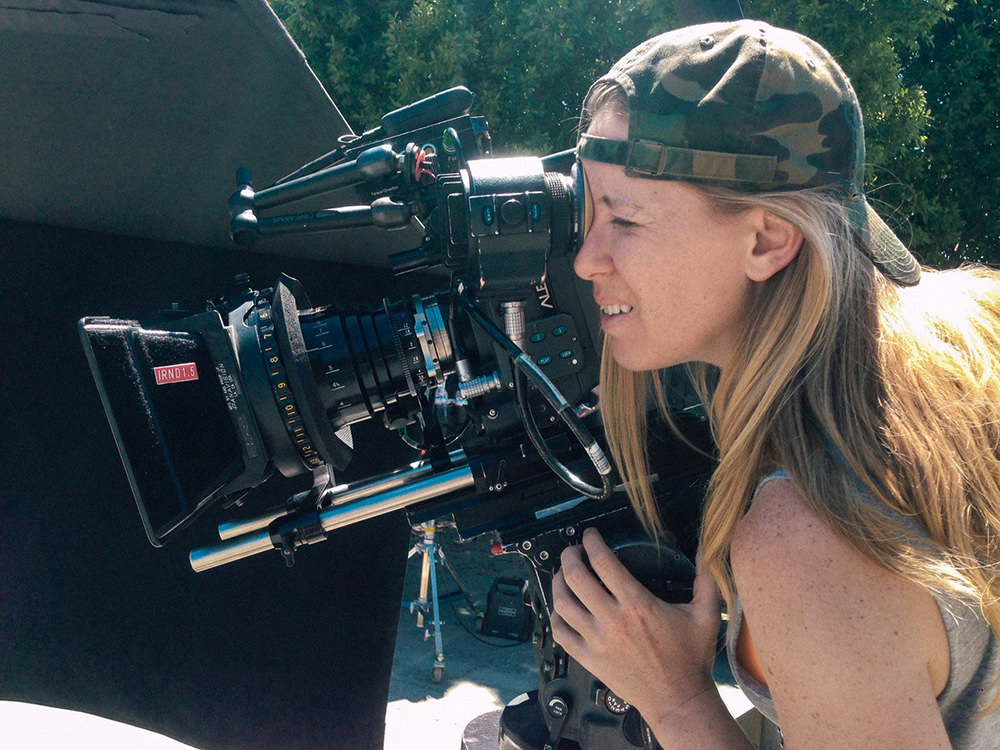
My favourite challenge is how to devise and create images that best tell the story. I love the collaboration I get to have with the director and technical crew and to be at the centre of the set as the camera rolls.
"Shooting The Handmaid’s Tale on Seasons 2 and 3 has been a huge honour and career highlight."
Shooting The Handmaid’s Tale on Seasons 2 and 3 has been a huge honour and career highlight. The show is fiercely artistic and I’ve been lucky to work with amazing actors, directors, production and crew. There’s a mandate for the story to be told with bold, unconventional imagery which is a constant challenge and pushes us all to do our best work.
We shoot with ARRI Alexa Minis and Canon K35s – the Alexa Mini for its compact form factor and the best digital image, the K35s for their particular vintage softness, beautiful dimensional quality and lovely flares.
13. Ashley Barron ACS
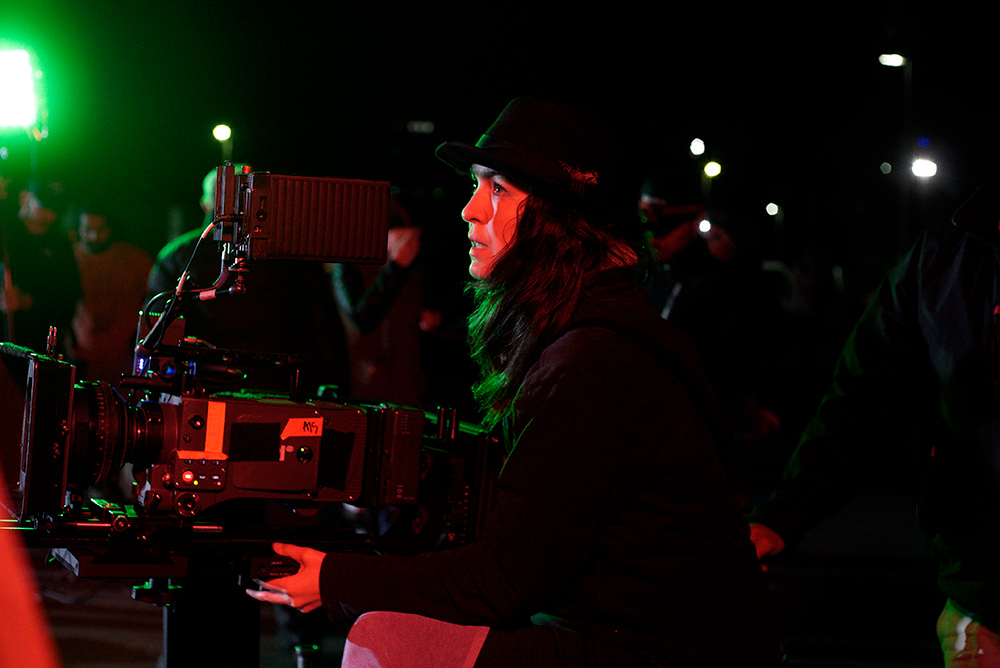
Accredited 15 October 2018
After starting as a camera assistant, Ashley was one of just 28 cinematographers in the world chosen to study at the American Film Institute Conservatory in Hollywood. While there, Academy Award winning cinematographer Dion Beebe ASC ACS selected her to work as his apprentice on Green Lantern. Her first feature One Less God won prizes at the Dances with Films and Byron Bay International Film Festival.
I was drawn to the idea that with cinematography you can create an emotion by combining science with art.
A career highlight was being accredited by Australian Cinematographer's Society (ACS). Receiving the highest form of recognition by my peers and leaders in my field, and standing on the shoulders of giants, means more than words.
Though it depends on the story, product and budget, a lot of my work has been shot on the ARRI Alexa with anamorphic lenses, sponsored by Panavision. I feel that anamorphic lenses, even if cropped to another aspect ratio, have a texture that can allows us to create a visceral experience for the audience.
14. Ari Wegner ACS
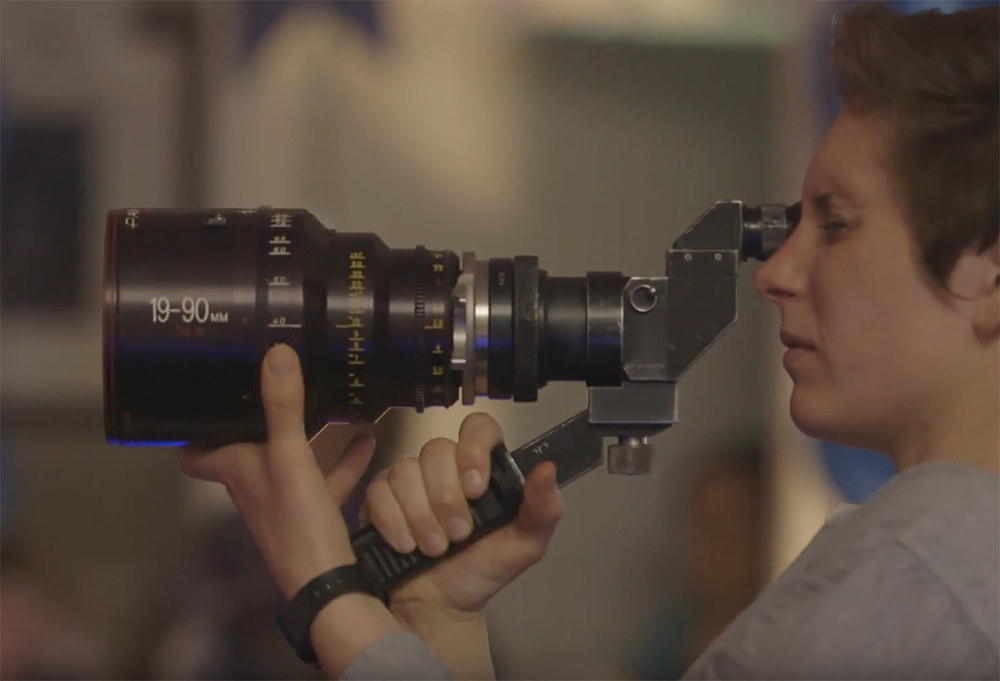
Accredited 15 October 2018
After working on 2nd unit and B Camera on Snowtown and Hail, and shooting numerous critically acclaimed shorts (Night Shift, Bino), Ari has been cinematographer on features including Ruin, Lady Macbeth and the hit TV series The Kettering Incident, as well as various commercials and music videos.
I always really loved photography and writing, so the combination of images and stories. At a certain point I realised there was a job where you can put both of these things together, but I probably didn’t realise that until I went to film school. I went to VCA and through crewing and shooting, by the end of the first year I really gravitated toward the camera. I felt like that’s what I enjoyed the most and that’s where my gut instincts led to the most satisfying results, so it was following that.
Something like Ruin we shot on a Canon 5D which at the time was pretty decent and DSLR was just starting to be acceptable for a cinema film. The relationship I had towards the camera – it was super light, which informed how I worked with the actors, how we could move in any space and we had super minimal lighting... that meant we could have multiple cameras. And we had a few operators there. But that film would be so different if we’d shot on [something else]. The imperfections are what’s so perfect about it and that little several thousand dollar camera allowed you to capture a time, place and energy in a way that we couldn’t have done on another camera.
15. Tania Lambert ACS
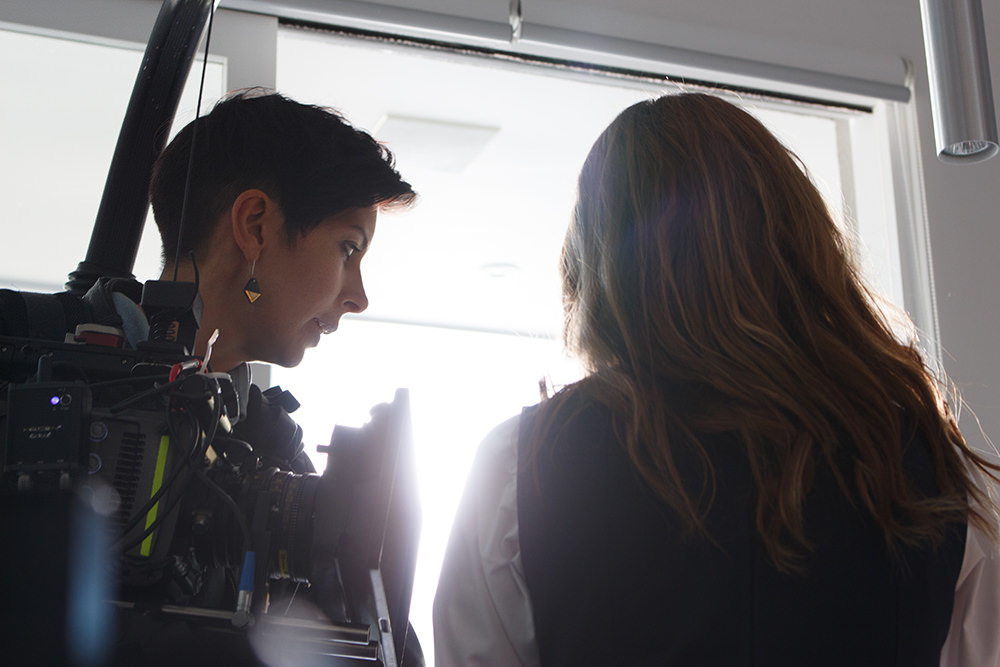
As a teenager I was introduced to the world of arthouse European cinema watching films on SBS with my mother. I loved the unique visual nature of these films, but didn’t know yet it was the cinematography that I was drawn to. In Pedro Almodòvar’s films, I loved his use of colour so thought I wanted to be a production designer and I embarked on a degree of visual communications in design. However, during the degree I leaned more towards photography and developing my own prints. When I started to feel a desire to tell more of a narrative than the still image could tell, I finally joined the dots and realised I wanted to be a cinematographer.
In 2016 I returned to work after recovering from a year of breast cancer treatment. Whilst undergoing treatment it became clear what was really passionate about in cinematography was shooting drama, yet I had ended up shooting more comedy and commercials. So when the opportunity to shoot High Life was presented, I was stoked – here was a well written drama with a strong female protagonist (played by the outstanding Odessa Young) struggling with her first bout of manic depression. It pushed the boundaries of conventional web series.
I thoroughly enjoyed collaborating with director Luke Eve on how to use colour and framing to follow her descent into mania, whilst still being authentic and not over-stylising our depiction of her mental illness. All my creative collaborators on this project were amazing – particularly production designer Beth Ryan and gaffer Steve Daley (Peaches) who allowed the distinct look of the world to come to life. High Life screened internationally at almost every web festival, hit number 1 in the web series World Cup in 2017 and garnered an ACS award in drama in 2018.
When it came to choosing camera and lenses for High Life, the small budget meant choices were limited. But fortunately I could bring my own ARRI Amira and ZEISS Superspeed MK3 lenses onto the project. I love shooting with all flavours of ARRI and I particularly love the Amira for its handheld quality. With the same sensor as the ARRI Mini, its form factor is superior for handheld. We wanted to bring the viewer into the world of Genevieve (Odessa Young) and to empathise, rather than objectify, her illness and felt that 16:9 would be better suited. The ZEISS Superspeeds were perfect for shooting low light on our night sequences in the bush. When shooting wide open they have a beautiful bokeh and fall off, which we used in some of the manic sequences, yet when shooting at 2.8/4 they have a slightly sharper quality which suited the rest of the scenes.
Subscribe to Screen Australia’s free newsletter to get stories like this delivered fortnightly

What to read next
Cinematographer Ari Wegner on her career, process, and the camera choices that informed The Kettering Incident and new feature Lady Macbeth.
28 Jun 2017
Caris Bizzaca